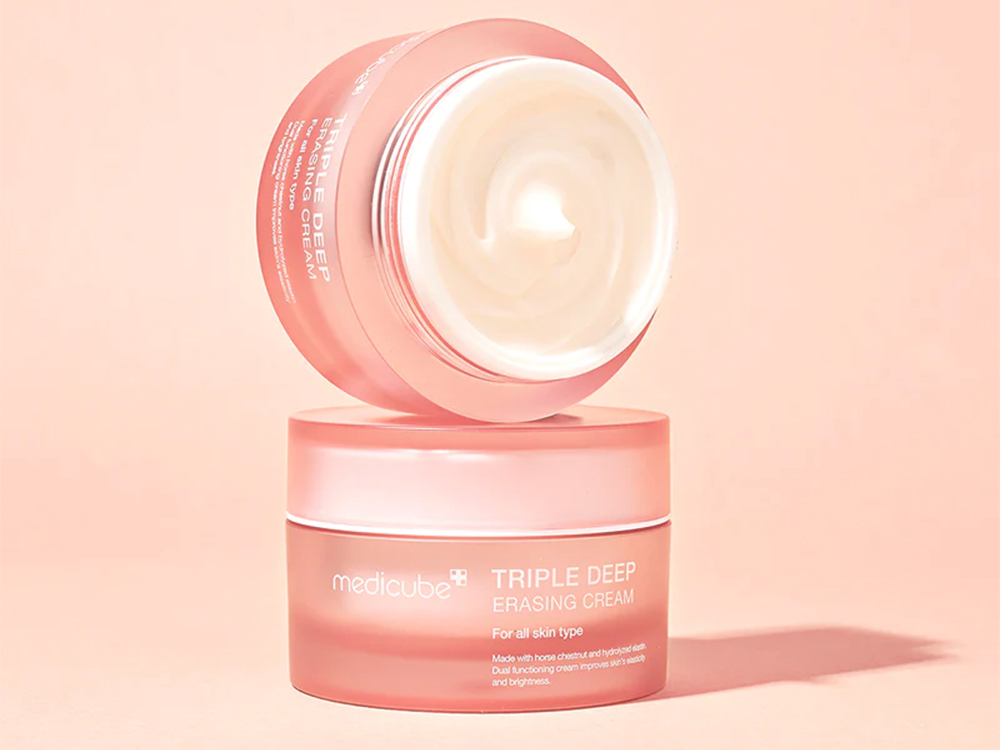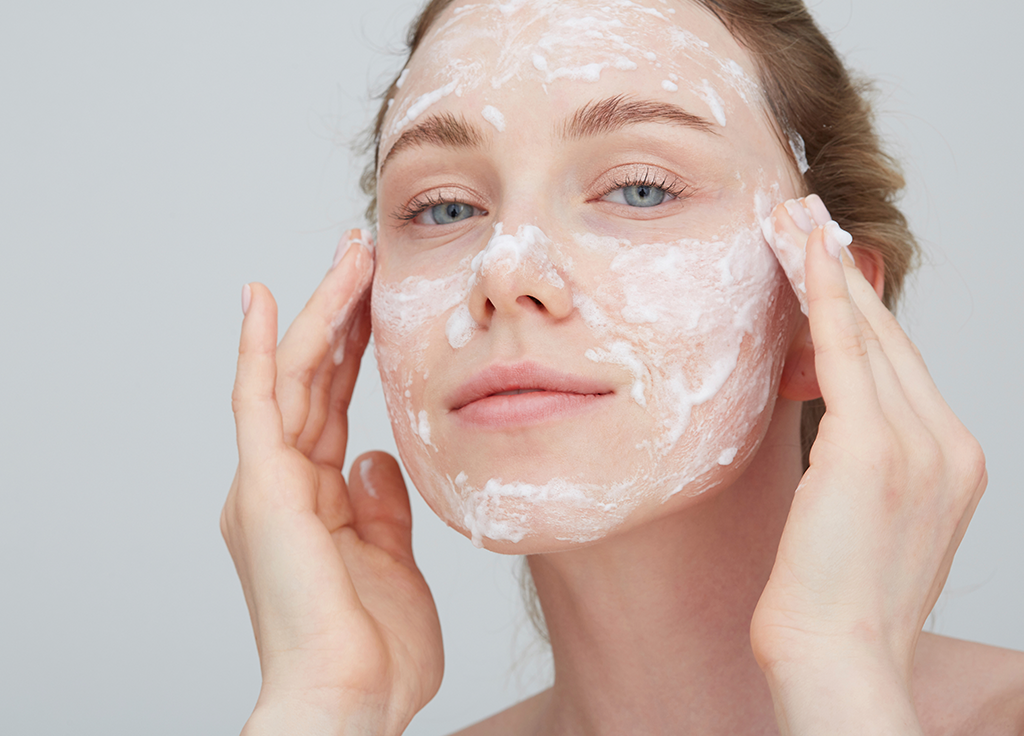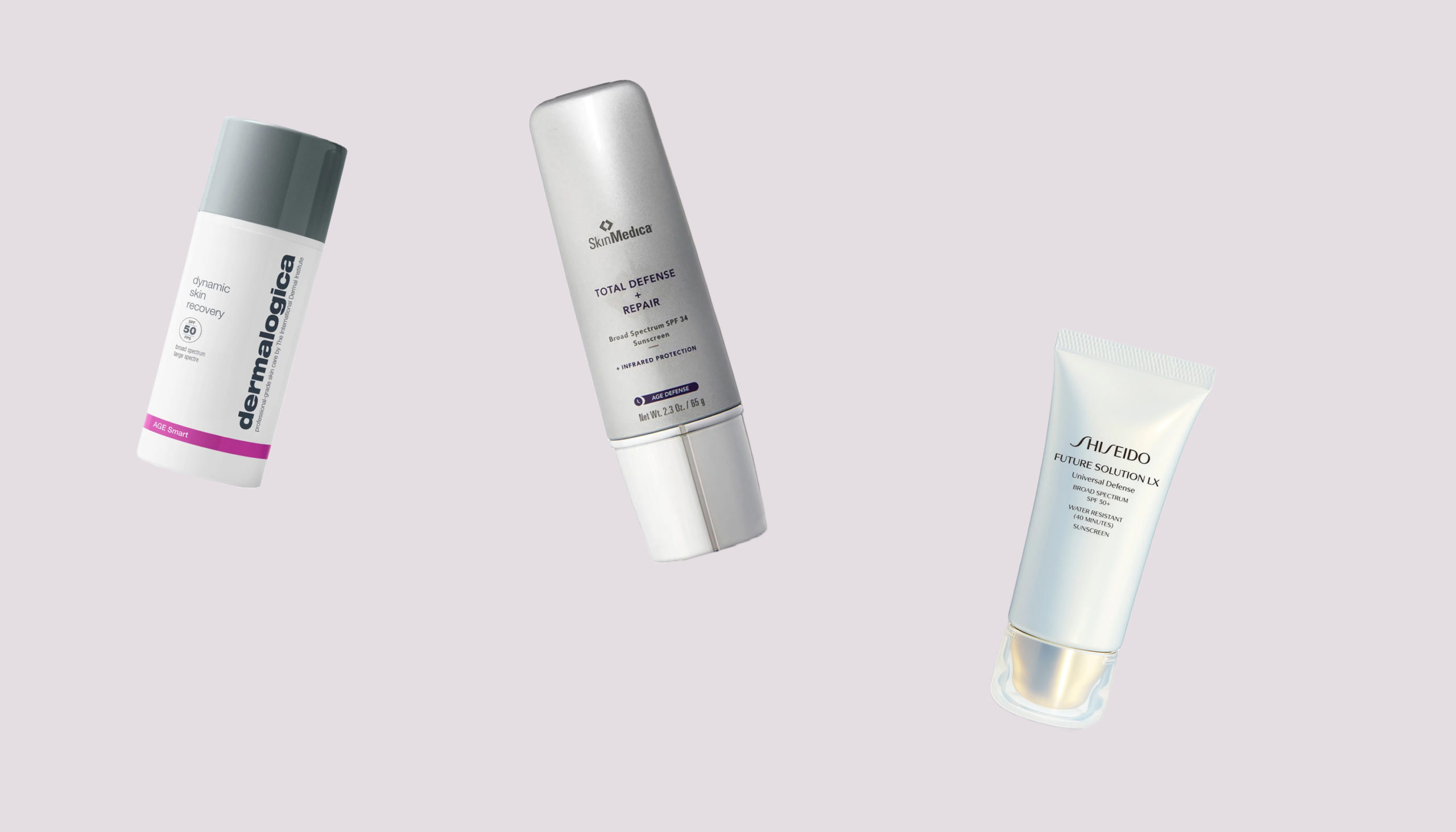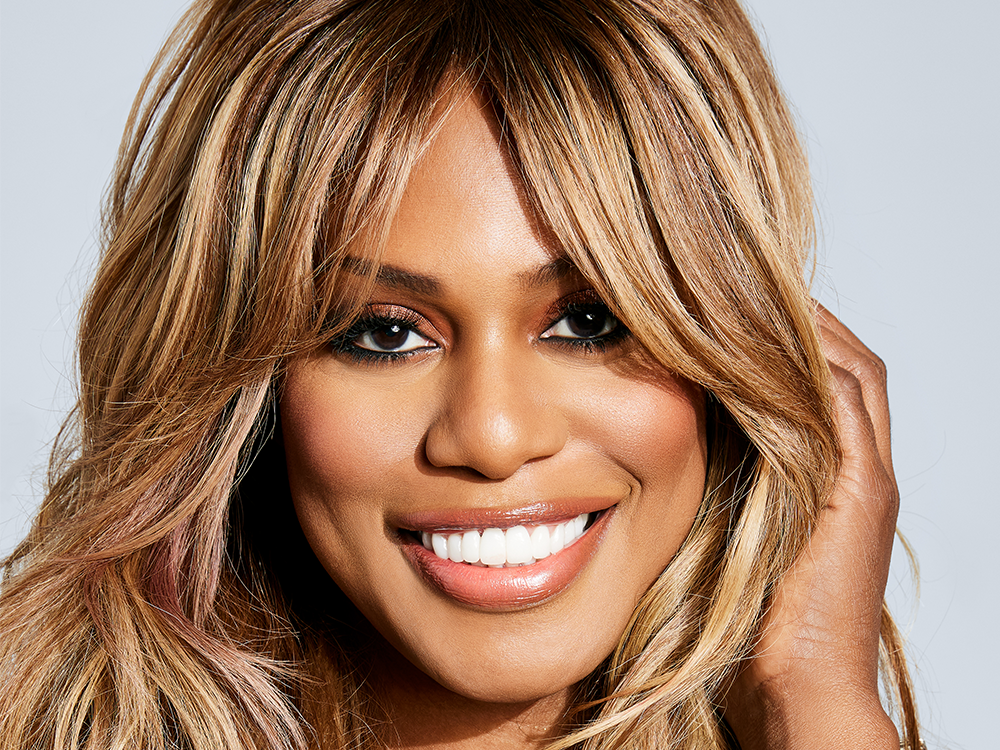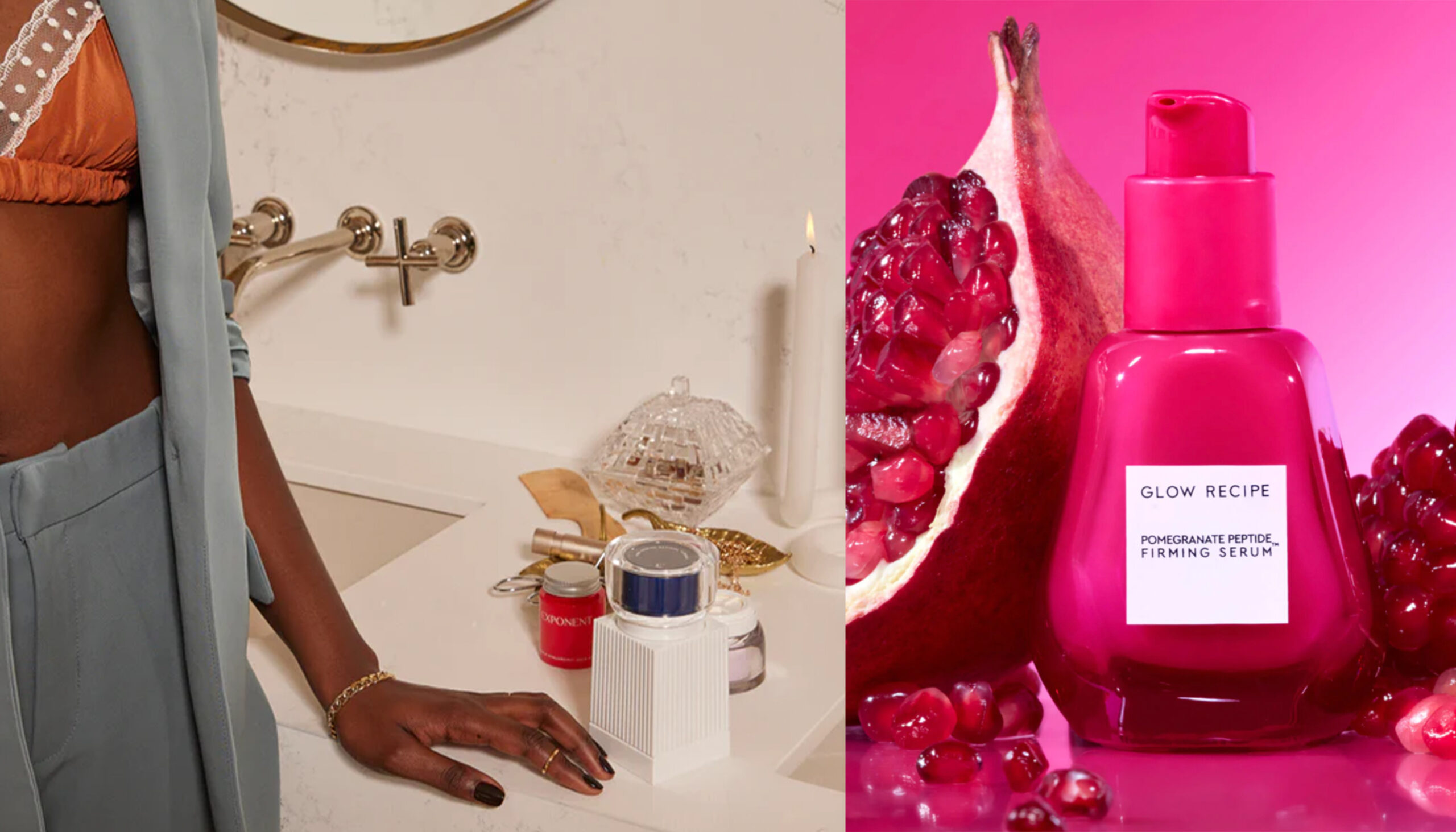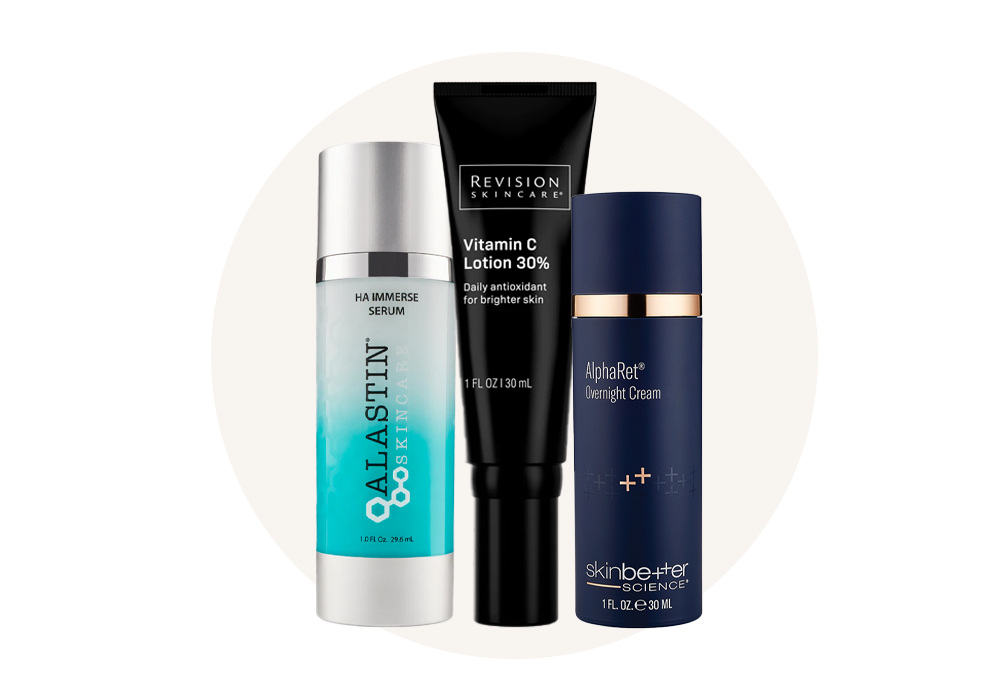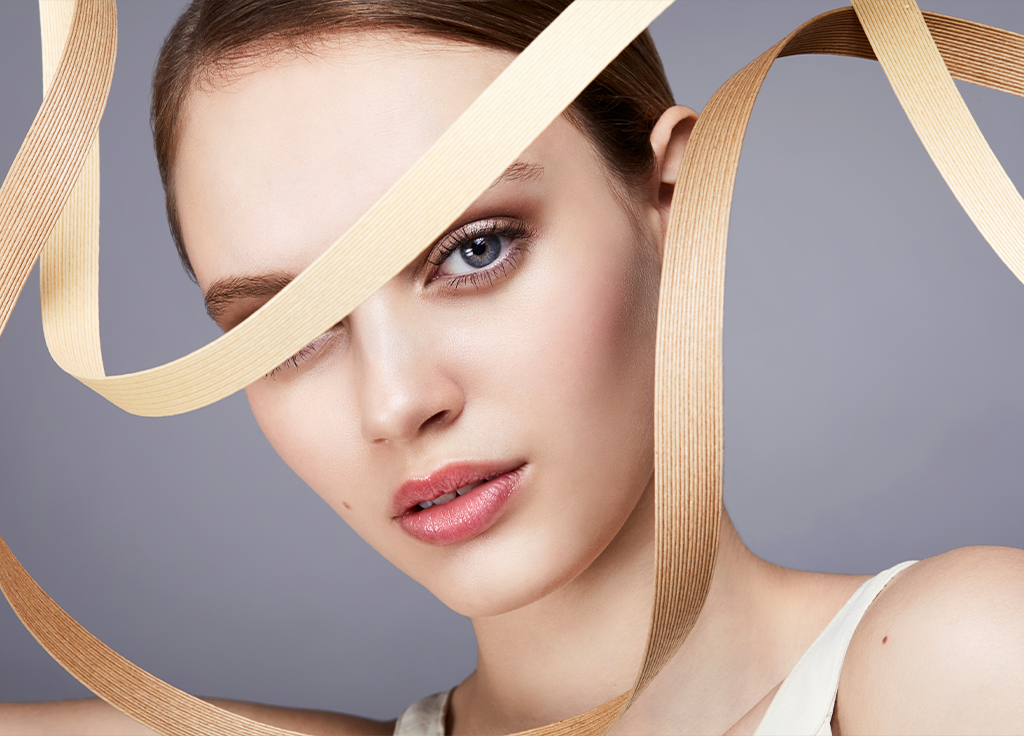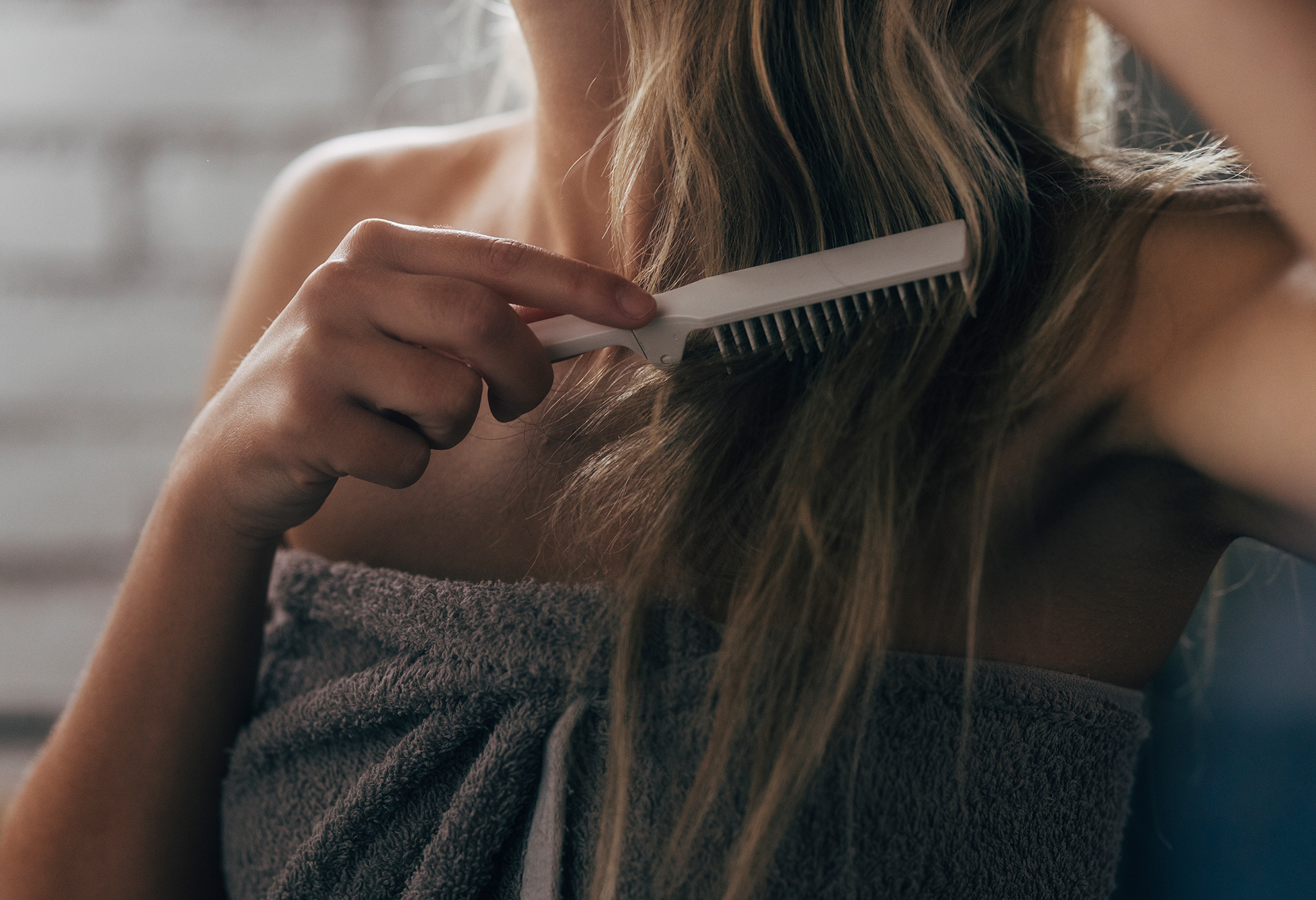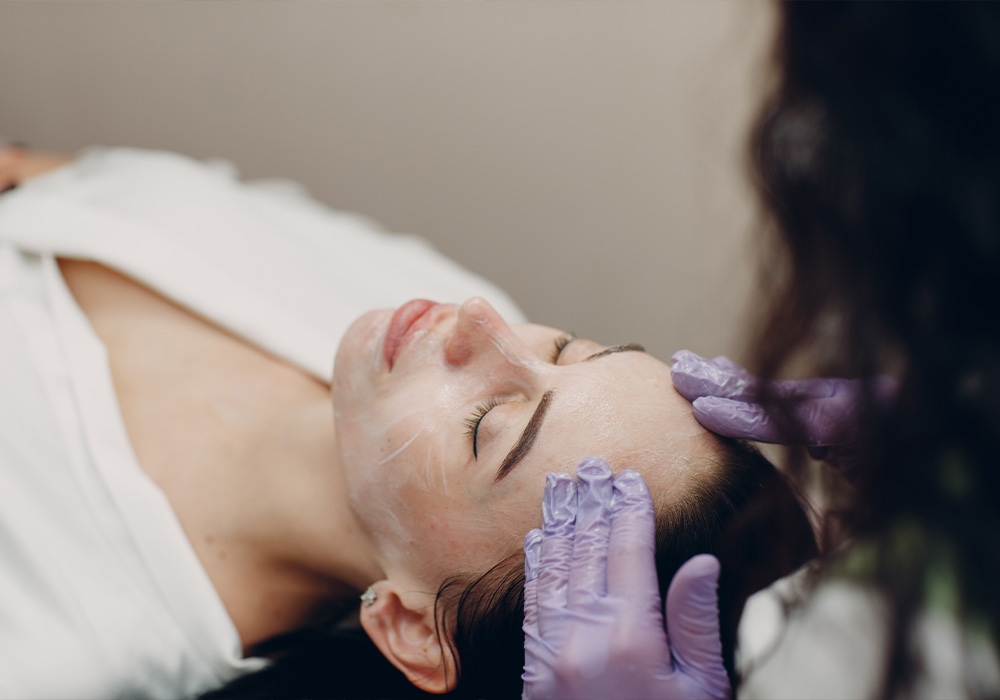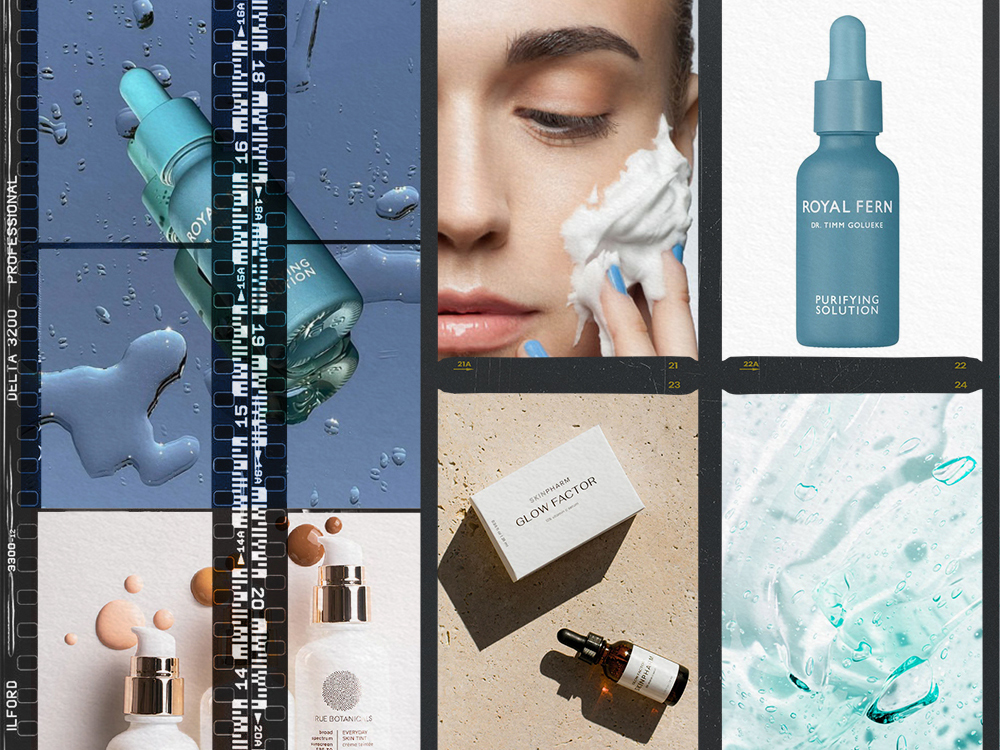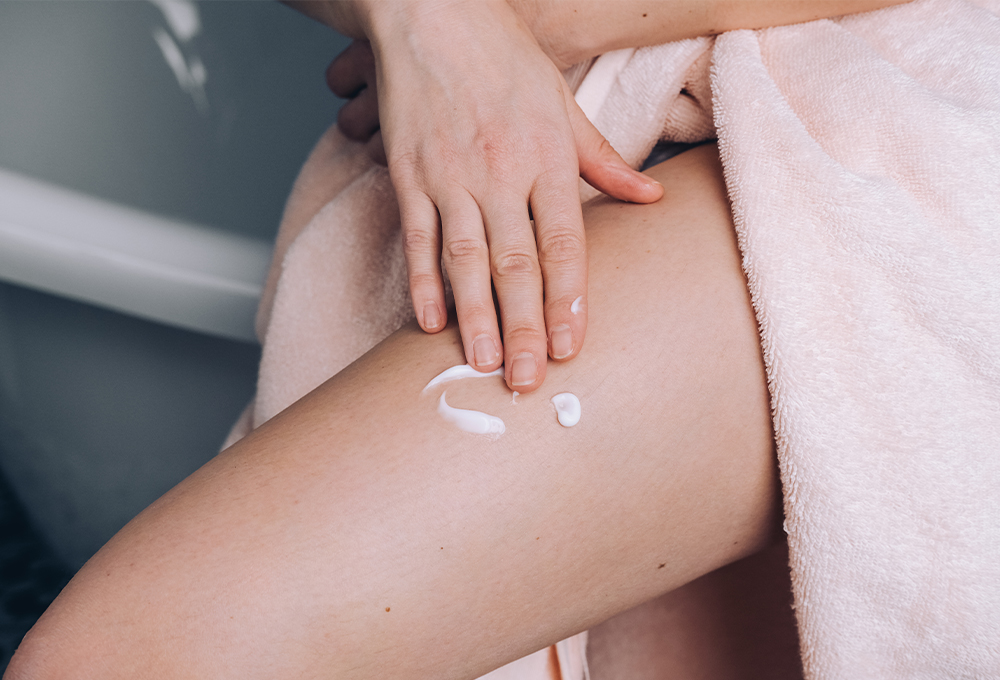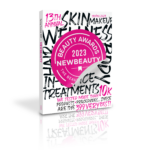
Now that your skin has settled from the transitional phase of aging to the early physical effects of aging, changes to the tone and texture of your skin, which are the result of years of sun exposure, are probably being seen. “The skin starts to dull and that healthy glow that we have as teenagers and into our 20s is lost, partially because of decreased collagen and elastin that gets broken down by the sun,” says New York dermatologist Eric Schweiger, MD.
1
/
4
A Dull Complexion
Why It’s Happening
Our skin cells don’t shed as quickly and as normally in our 40s as they did when we were younger. This results in more dead skin that sits on the surface, making skin look lackluster—couple that with sun damage and the result is do-nothing skin.
Fix It With
Regular exfoliation is a must, which is why many dermatologists recommend using a glycolic acid serum regularly.
A series of LED and fractional resurfacing treatments can be done at your doctor’s office to stimulate collagen and restore skin’s healthy glow. Not only do they make skin look smoother and more even, but they also make fine lines and large pores less noticeable.
Why It’s Happening
Our skin cells don’t shed as quickly and as normally in our 40s as they did when we were younger. This results in more dead skin that sits on the surface, making skin look lackluster—couple that with sun damage and the result is do-nothing skin.
Fix It With
Regular exfoliation is a must, which is why many dermatologists recommend using a glycolic acid serum regularly.
A series of LED and fractional resurfacing treatments can be done at your doctor’s office to stimulate collagen and restore skin’s healthy glow. Not only do they make skin look smoother and more even, but they also make fine lines and large pores less noticeable.
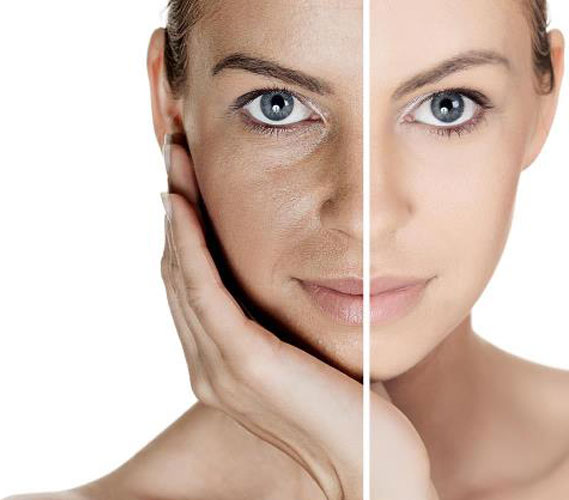
2
/
4
A Daily Dose of Glycolic Acid
Cane + Austin Retexturizing Treatment Scrub uses exfoliating microbeads to lift away dead skin while delivering a dose of glycolic acid (plus salicylic acid) to keep pores clean. $42, spacenk.com
Cane + Austin Retexturizing Treatment Scrub uses exfoliating microbeads to lift away dead skin while delivering a dose of glycolic acid (plus salicylic acid) to keep pores clean. $42, spacenk.com
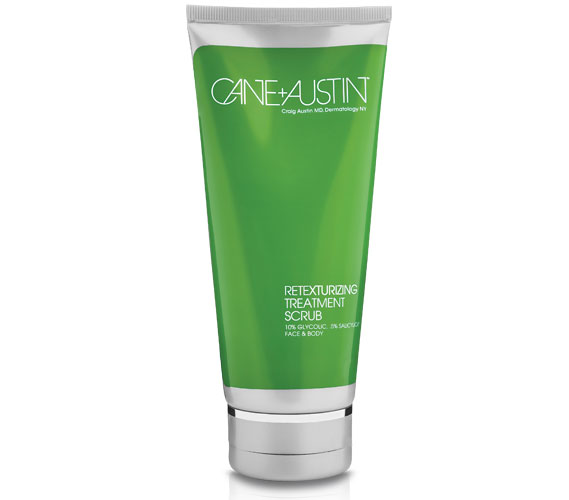
3
/
4
Age Spots
Why They’re Happening
The skin can’t repair itself nearly as well, or as fast, as it once did. When brown spots and age spots start popping up, they are nothing more than the effects of past sun exposure showing on the surface.
Fix Them With
Retin-A and antioxidants can help, but light and laser treatments like fractional CO2 can really clean up sun-damaged skin, making it more even in tone and smoother in texture. When spots are brown and dark, Intense Pulsed Light (IPL) works well because it destroys discoloration without causing any damage to skin. why a retinoid is a must
Why A Retinoid Is A Must
No matter your age, using a retinoid or retinol cream nightly can make a world of difference in how your skin ages. “Despite the current condition of your skin, be it perfect or damaged, every 40-something woman should be using a retinoid. It’s a must—there’s nothing else with the same body of data that shows that over the years your skin is going to look that good and age that well,” says Boston dermatologist Ranella Hirsch, MD. Retinoids help exfoliate skin. “In fact, there may even be some effect on the skin from using retinoids over the long-term that prevent it from developing certain skin cancers.” Retinoids also help regulate and even out pigmentation because they act as resurfacers. “We know retinoids are great for adult acne because they regulate oil and increase cell turnover to make lines and wrinkles smoother. Basically, a good retinoid—they are available at every price point and intensity level from gentle to aggressive—make the skin ‘factory’ run smoothly.”
Why They’re Happening
The skin can’t repair itself nearly as well, or as fast, as it once did. When brown spots and age spots start popping up, they are nothing more than the effects of past sun exposure showing on the surface.
Fix Them With
Retin-A and antioxidants can help, but light and laser treatments like fractional CO2 can really clean up sun-damaged skin, making it more even in tone and smoother in texture. When spots are brown and dark, Intense Pulsed Light (IPL) works well because it destroys discoloration without causing any damage to skin. why a retinoid is a must
Why A Retinoid Is A Must
No matter your age, using a retinoid or retinol cream nightly can make a world of difference in how your skin ages. “Despite the current condition of your skin, be it perfect or damaged, every 40-something woman should be using a retinoid. It’s a must—there’s nothing else with the same body of data that shows that over the years your skin is going to look that good and age that well,” says Boston dermatologist Ranella Hirsch, MD. Retinoids help exfoliate skin. “In fact, there may even be some effect on the skin from using retinoids over the long-term that prevent it from developing certain skin cancers.” Retinoids also help regulate and even out pigmentation because they act as resurfacers. “We know retinoids are great for adult acne because they regulate oil and increase cell turnover to make lines and wrinkles smoother. Basically, a good retinoid—they are available at every price point and intensity level from gentle to aggressive—make the skin ‘factory’ run smoothly.”
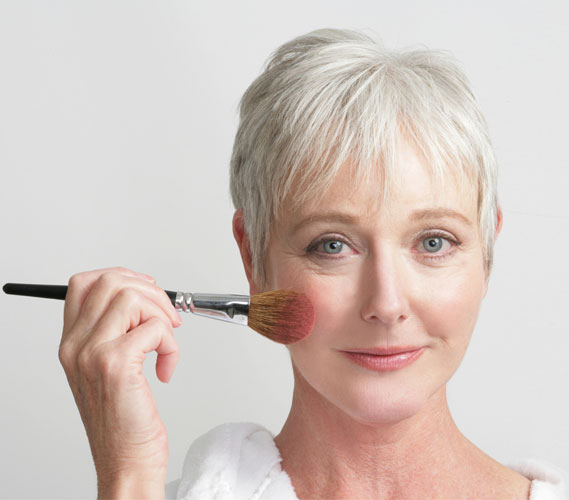
4
/
4
The Start of Volume Loss
In your early 40s (and sometimes even in your 30s), small amounts of volume can be lost from the cheeks, lips and under the eyes, which gives a tired or sunken look. “As fat moves down from the cheeks, the face loses the fullness that we associate with a youthful look,” says New York dermatologist Julie K. Karen, MD. “Using tiny amounts of hyaluronic acid filler, we can reinflate these features to how they looked five years ago,” says Sacramento, CA, dermatologist Suzanne Kilmer, MD. “Sometimes, just one-fourth or one-half syringe is all that’s needed to bring these parts of the face back up to speed so that they look fuller and healthier. It’s much easier to add small amounts to reinflate than it is to recreate the entire face.”
Inside Tip
In your 40s, “You may start to notice ‘bumps’ (sebaceous hyperplasia, milia and seborrheic keratosis) that start to form as well as enlarged pores,” says Seattle dermatologist Jennifer Reichel, MD. “…neurotoxins are a must. And, it’s probably time for fillers, chemical peels and even skin-tightening treatments. There’s zero tolerance for sun exposure to the face, chest and neck”.
In your early 40s (and sometimes even in your 30s), small amounts of volume can be lost from the cheeks, lips and under the eyes, which gives a tired or sunken look. “As fat moves down from the cheeks, the face loses the fullness that we associate with a youthful look,” says New York dermatologist Julie K. Karen, MD. “Using tiny amounts of hyaluronic acid filler, we can reinflate these features to how they looked five years ago,” says Sacramento, CA, dermatologist Suzanne Kilmer, MD. “Sometimes, just one-fourth or one-half syringe is all that’s needed to bring these parts of the face back up to speed so that they look fuller and healthier. It’s much easier to add small amounts to reinflate than it is to recreate the entire face.”
Inside Tip
In your 40s, “You may start to notice ‘bumps’ (sebaceous hyperplasia, milia and seborrheic keratosis) that start to form as well as enlarged pores,” says Seattle dermatologist Jennifer Reichel, MD. “…neurotoxins are a must. And, it’s probably time for fillers, chemical peels and even skin-tightening treatments. There’s zero tolerance for sun exposure to the face, chest and neck”.

